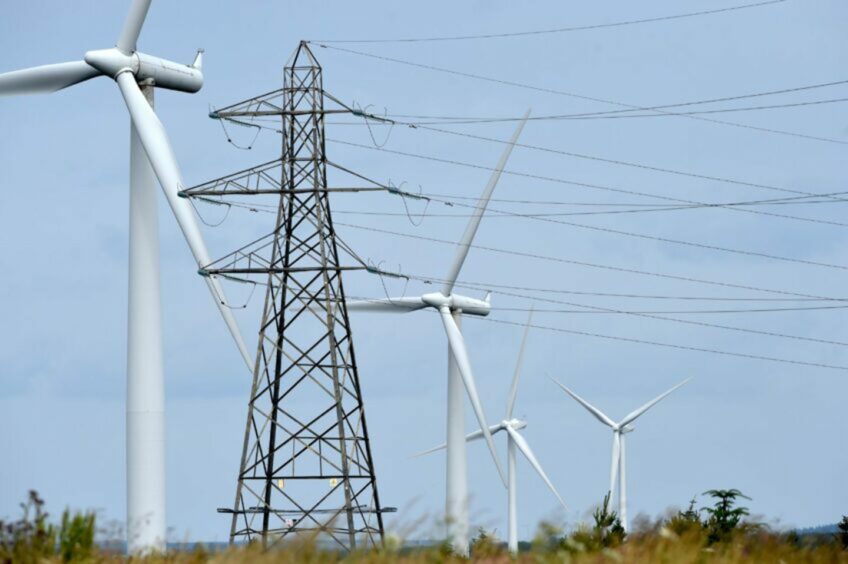 © Supplied by Press and Journal
© Supplied by Press and Journal The capacity of electricity transmission assets in the UK has been in the spotlight, because a bigger, more complex network is needed to meet the Government’s net zero targets.
The Electricity Networks Commissioner (“ENC”) published a report on 4 August 2023 proposing recommendations to expedite the planning process for electricity transmission infrastructure. Their aim was to cut delivery time of these projects in half. This report comes after calls for a 500% increase in the amount of transmission infrastructure across the UK in the next seven years.
ENC have suggested that a Strategic Spatial Energy Plan (“SSEP”) should be developed to anticipate electricity supply and demand. The intention is that this would bridge gaps between Government policy and development plans, to ensure that a sufficient pipeline of future supply is in place and designed to cope with fluctuating energy demands.
There are a number of key stakeholders who will be keenly focussed on the development of any such proposals. In particular, landowners and wider communities will of course be keen to understand that their interests are adequately catered for in the process and appropriately balanced against the wider aims of the recommendations. Given the strong and divergent views often expressed in relation to these types of projects, it seems this will not be an easy task for those tasked with implementing such reforms.
The other main key stakeholders will likely be potential developers of energy transmission infrastructure. From that perspective, ambitious planning system reform is recommended in the report, which would apply to the whole UK. Some of the key aspects of this proposed reform are as follows:
· Pre-application stage: In order to achieve the level of expansion required to meet increasing electricity demand, a smoother and quicker consenting process is considered vital. Recommendations in England and Wales include providing the Planning Inspectorate with additional resource to liaise with transmission owners from a much earlier stage to ensure applications are correct at the point of submission. It is anticipated that this could reduce the pre-application process duration to less than three years.
· Electricity Act 1989: In Scotland, the recommended reform is to remove the trigger for a mandatory public local inquiry where the local planning authority objects. It is suggested that instead of this process, the Scottish Ministers should be able to investigate issues raised by statutory consultees.
· Access to third-party land for design and implementation of new infrastructure: Recommendations in the ENC report note that transmission operators should be granted statutory powers in order to access third-party land where required for surveys, when voluntary access is denied. It also suggests that compensation for wayleaves and land purchases, both voluntary and compulsory, should be standardised at a national level and that a transparent methodology for determining compensation should be set up, to be used when negotiating land purchase and wayleaves. Clearly the introduction of any such mechanisms will need to be finely balanced with landowners’ rights to their property.
· Route design: ENC have recommended that an automated corridor routing programme or tool should be developed, which would use technology to assess corridor routing options and generate viable routes. This would be overseen by a design engineer. The report notes that planning, development consent orders and energy consenting processes would need to embrace the wider use of software to ensure this was acceptable throughout the planning approval stage. Integrating technology in this way may allow for a quicker design process and potentially lower risk of objection as it should result in the most viable route in terms of impact as well as cost and engineering feasibility.
It remains to be seen how these recommendations will be put into practice however it is clear that significant reform within the system is required to ensure a smooth and efficient transition to renewable energy. What is evident is that systematic reform is needed to allow transmission capacity to be developed in order to meet anticipated national demand in a way that takes account of the needs of renewable and non-renewable energy sources as well as the interests of landowners and the potential impact of such developments on the wider communities affected
